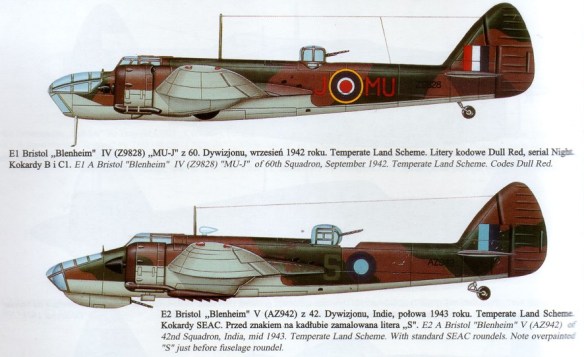The RAF had been active in preparing for the showdown at Imphal. The Headquarters of No. 221 Group RAF under Air Vice Marshal Vincent was established beside the main airstrip at Imphal. This and Palel were all-weather strips, supported by fair weather strips at Kangla, Tulihal, Wanjing and Sapam. These airstrips relied on interlocking ground cover material called Meccano, and on Bithess, a hessian strip covered by bitumen, which worked well until the main monsoon rains started. In 1943 the RAF had set up radar posts and observer units well forward of Imphal towards the Chindwin Valley. One very important observation point and radar station had been established near Tamu in 20th Division’s area. This was connected by land line to headquarters, and gave advanced warning of any attacking aircraft. The land line link was vital because radar and radio communication was so unreliable in such mountainous country. The withdrawal from Tamu by 20th Division, between 4 March and 1 April, created severe problems for the RAF which thereby lost one of its most valuable warning systems, just at a time when the Japanese were developing the technique of low-flying attacks by just a few aircraft in order to avoid detection.
During the weeks before the battle actually started, the RAF had set up an impressive defensive system, but the Japanese with their Sally bombers and Oscar fighters had made a number of damaging attacks, since the Oscars were able to outmanoeuvre the Hurricanes. The tables began to turn in November 1943 when squadrons of Mk 8 Spitfires flew in to the base. During the next three months Spitfires destroyed or damaged more than 100 Japanese aircraft for the loss of five pilots. At the same time, American Mustangs and Lightnings attacked forward Japanese airfields which had ineffective warning systems, destroying more than 100 aircraft on the ground, and forcing the Japanese to withdraw their aircraft to bases more than 500 miles away near Rangoon.
These preliminary air battles established Allied air superiority which made possible the whole concept of large-scale air supply to military units, as well as enabling the second Wingate expedition, Operation Thursday, to proceed. As the military battles developed, the fighters and fighter-bombers – Hurribombers, Vultee Vengeance dive-bombers, Mustangs and Lightnings – evolved close and effective air support for the troops on the ground, often acting as an additional arm of artillery in attacking Japanese strongpoints.
By the beginning of 1944 the RAF and the Indian Air Force had four squadrons of Hurricanes at Imphal and Palel (Nos. 1, 28, 34 and 42 Squadrons), two squadrons of Spitfires and later a squadron of Beaufighters at Kangla and Sapam (Nos. 81, 136 and 176 Squadrons). In addition to these forces, Wellingtons, Liberators and Vengeances flew in from India and from the advanced bases lying to the west of Imphal at Silchar and Khumbirgram. The Dakota squadrons, Nos. 194 and 117, based at Agartala, were moved forward to Tulihal to fly in the Chindits for Operation Thursday starting on 5 March.
While the Japanese forces were advancing rapidly on the ground, they also made some determined air attacks on the airstrips at Palel, Tulihal and Imphal, where 20 men from Corps HQ were killed. Although the Japanese had lost overall control of the air, they continued to attack Imphal throughout the siege. The Japanese 5th Air Division, its HQ back at Maymyo under General Tazoe, kept up sporadic attacks on Imphal, but gave hardly any support to the three advancing divisions, even though they needed it badly. The reason for this was the fault of Mutaguchi who, perhaps forgetting the domination of the Japanese air force in the 1942 advance, decided that air support was not necessary for infantry divisions. This caused deep resentment, as can be seen from the diaries of captured Japanese soldiers, which spoke of the frightfulness of the enemy air attacks and the hundreds of burnt-out vehicles that crashed down into the valleys, their drivers riddled with bullets. In spite of the general Allied air superiority, Japanese air attacks enjoyed some success during March and April 1944. On 25 April, while flying to Imphal, five Dakotas and their crews were destroyed by a Japanese attack, but the RAF quickly countered this tactic by establishing a corridor from Silchar over the hills to Imphal, which was regularly patrolled by Spitfires.
